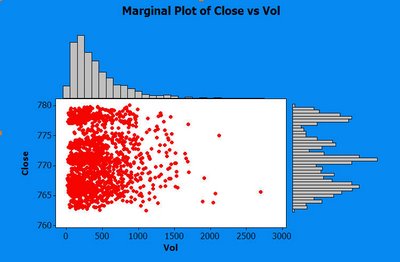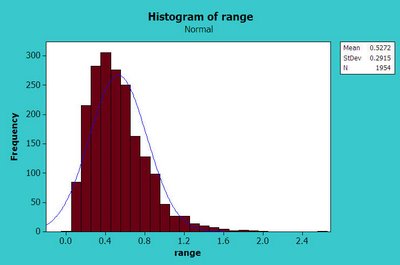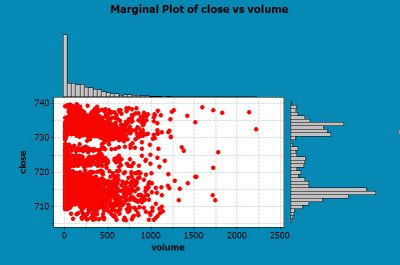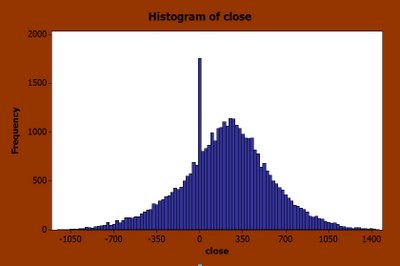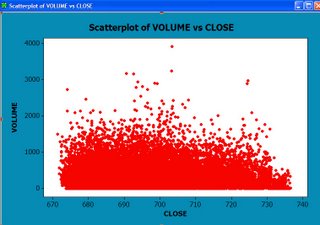
To understand the intentions of other market participants, an analogy can be made to the classic shell game.
Trading is much the same as a shell game, viewed from the point of view of someone who doesn't know how they are being worked.
From
wikipedia:"Play
The game requires three shells (thimbles, walnut shells, bottle caps, and even match boxes have been used), and a small, soft round ball, about the size of a pea, and often referred to as such. It can be played on almost any flat surface, but on the streets it is often seen played on a mat lying on the ground, or on a cardboard box. The man perpetrating the swindle (called the thimblerigger, operator, or shell man) begins the game by placing the pea under one of the shells, then quickly shuffles the shells around. Once done shuffling, the operator bets with his audience on the location of the pea. If played fairly, which it never is on the street, a player will win an equal amount bet, by correctly picking the shell containing the pea; otherwise, he/she loses the money. Even when played, without betting, as in when a magician performs the trick, the same sleight-of-hand techniques are utilized, so that the player does not, and cannot win, unless the operator wants them to win.
Viewing a game on the streets, by a confidence man, it would appear to the uninitiated, that the game has numerous players , but in reality, most of the persons standing around a game, are a part of the confidence gang and work for the operator. Operators prefer to swindle one victim at a time. The remaining "players" are collaborators, called
shills, whose job is to pretend to play the game, and entice the victim into betting. They also can keep other pedestrians from crowding in and disrupting the bunko gangs action on the main player(victim). Much of the enticement involves personal insults between the operator and the victim. Once angry, the shill will "disclose" to the victim, how the game can be won.
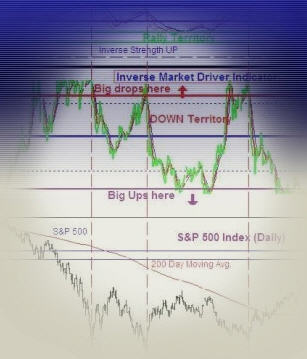
It is all a ruse to get the victim to place a large bet.
The operator often moves the shells in such a manner that it is obvious to all close observers where the pea is. He then touches all three shells, as if to move them to their proper places (asking his victims, "Is the pea here, here, or here?"). This is the crucial time when the pea gets its final position: the first shell he touches is always the one that everybody knows the pea to be under; he deftly removes the pea out from under the shell (known as the steal) and repositions it under another shell. This action is difficult to detect. Even knowing how to perform the trick will not help a viewer know where the pea is for certain.
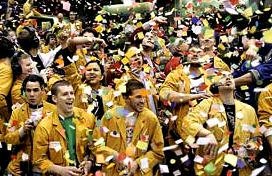
When the operator has finished moving the shells around, he asks the player (victim) if they wish to bet on the play. If a player agrees, they have to place their money down, before they can point to a shell. They invariably choose the wrong "obvious" shell, and lose their money. The operator begins to insult his victim about their stupidity, which entices more "revenge" play, sometimes losing many times in a row.
If no victim wants to play, one of the shills may start the play in order to animate the victim. The shill will either lift a shell which is "obviously" wrong and will lose his money, or he lifts the "obvious" shell and wins. He wins because the operator touched all three shells again, moving the pea back to the "obvious" shell.
There are many variants of this scheme: sometimes the operator will not move the pea away from its "obvious" position by touching the three shells until a victim has handed over the money.
Occasionally, the first game will be played fairly for a lower amount, to entice the tourist to risk more money. Cheating will start with the following games. Sometimes repeat losers are kept in the game with an occasional win.
Sometimes a shill will place a finger on the "obvious" shell, as if to help the playing tourist and prevent any irregularities. However, the operator will still touch the three shells, the shill lifts the finger shortly at exactly the right time and the pea again wanders to another shell invisibly. Or, as explained above, the adjustment takes place after the money has been handed over.
The game should not be mistaken for an honest game. It is not possible for a victim to win, even if they know how the trick is worked, or even if they "accidentally" pick the shell that actually has the pea under it. Through very skilled sleight-of-hand, the operator can easily hide the pea, without the victim seeing. Any player who is suspected of understanding the trick, or does not place a bet and just wants to watch, will be quickly edged away from the table by the shills. The shell game set-up and lay-out is quick and simple, so that in the event of trouble, or if they are signaled that authorities are approaching, they can remove all traces of the game in seconds."


